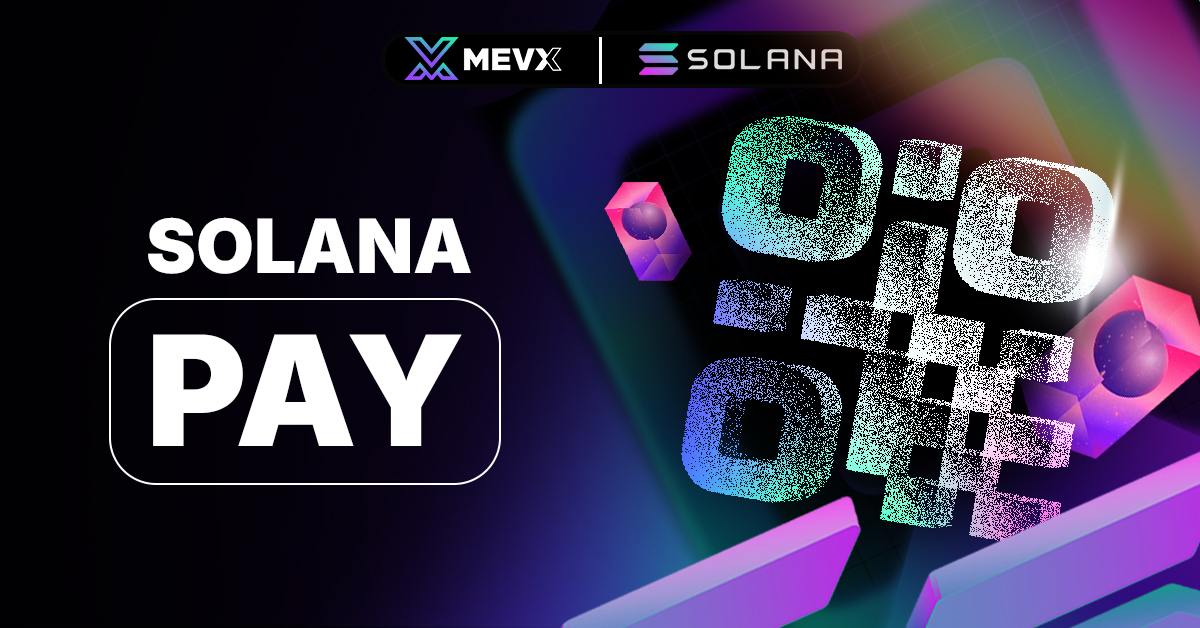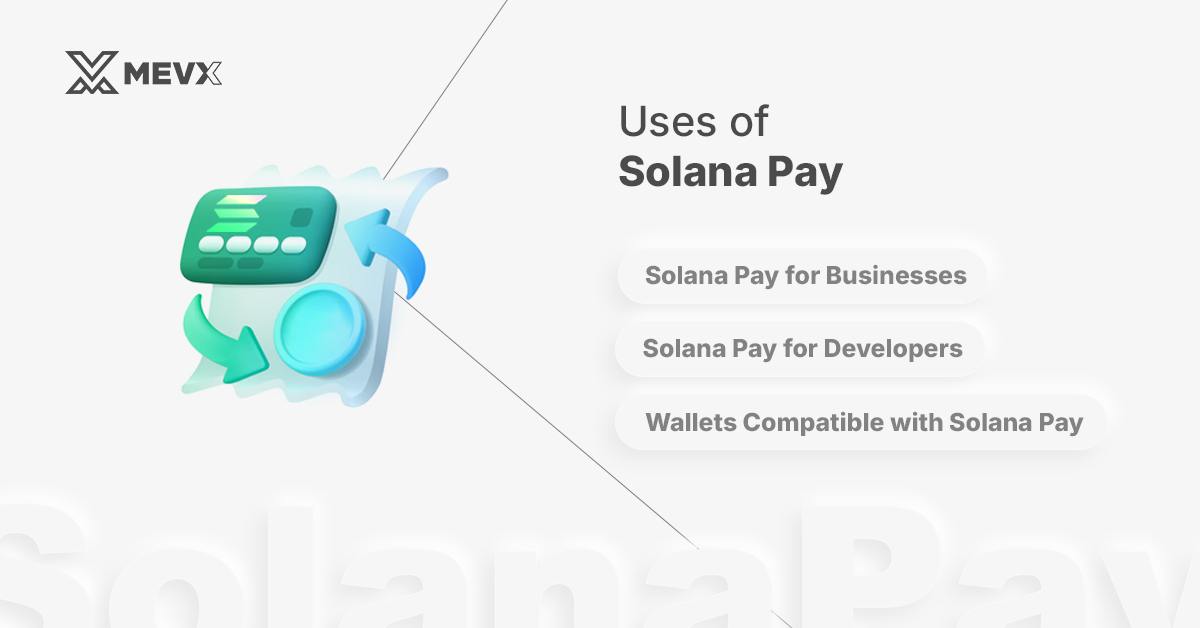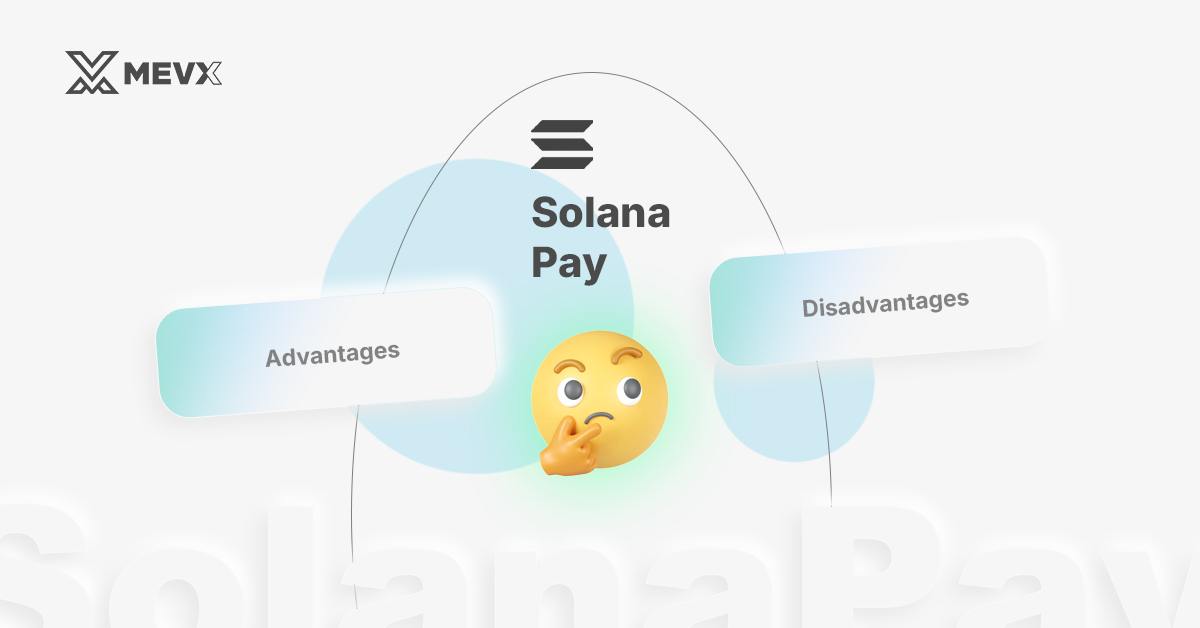In this rapidly changing field of digital transactions, Solana Pay comes Solana as a decentralized and permissionless platform that can help individuals and businesses achieve fast, efficient, and economical operations. This digital wallet solution is built based on the blockchain network known as Solana, which gives it high throughput combined with eco-friendly design and unique solutions in the crypto arena. As crypto payments are increasingly applied to so many industries, Solana Pay is in a place to bridge the gap between present payment systems and blockchain’s future.

Solana Pay
What is Solana Pay?
Solana Pay became the first decentralized payment solution native to the Solana blockchain, where users could perform peer-to-peer transactions without the interference of any bank or third-party payment service provider. It can do up to 65,000 transactions per second and was created to make it one of the fastest and most effective solutions today. Because it guarantees fast and inexpensive transactions, Solana Pay is oriented to environmental sustainability-a big factor in decision-making for businesses and consumers in today’s world.
Any business or individual who has a compatible Solana wallet will be able to use Solana Pay, and transactions can be completed simply by scanning a QR code. That ease makes it versatile for digital and physical scenarios alike and really drives the use of cryptocurrency in mainstream commerce.
Key Features of Solana Pay
- Decentralization: All of Solana Pay is fully decentralized; this means that users can directly transact with one another without using intermediaries and central authorities. This adds much weight to user autonomy and also improves data privacy.
- Speed and Cost Efficiency: Solana Pay utilizes the blockchain of Solana, which is designed to have extremely high speed with very minimal fees. It has the power to process thousands of transactions per second, thus making it suitable for high-demand environments.
- Eco-Friendly: Solana blockchain is carbon-neutral; thus, its ecological footprint is very minimal compared to highly consuming protocols such as Bitcoin or Ethereum.
- Easy Integration for Businesses: Businesses can implement Solana Pay into applications, websites, or physical points of sale. That flexibility will make Solana Pay supportive for both DApps and traditional retailers.
- User-Friendly Payment Process: All that is needed for a user to make a transaction is a Solana wallet through QR code scanning. Thus, it is an easy option to execute transactions both for the user and the business.
History of Solana Pay
Solana Pay results from a collaboration between Solana Labs and several industry partners, including Circle, Checkout.com, Citcon, Phantom, FTX, and Slope. This comes at a time when the global economy is increasingly shifting toward digital payments. Indeed, a 2022 study by Visa showed that 73% of businesses believed their businesses could not grow without the acceptance of digital payments. Moreover, 59% of those only used or were planning to switch to digital means of paying within two years. Solana Labs and its partners accepted just that trend and started working on Solana Pay in 2021 to create a smooth, scalable, future-ready payment solution for businesses and individual users alike.
Uses of Solana Pay
With Solana Pay, merchants can accept crypto payments at warp speed and minimal fees with QR code displays, both online and in-store. Solana Pay is also for developers building DApps, enabling them to further their applications with unique features such as digital receipts and NFTs. Following is how Solana Pay may be used:

Uses of Solana Pay
1. Solana Pay for Businesses
It is relatively easier to integrate Solana Pay into a business’s system. What a business really needs to do is create a Solana wallet, embed the code of Solana Pay on the website, and convert all these payment requests into QR code format. Using any compatible wallet, customers can scan the QR code and instantly make payments either while shopping online or physically in stores. This capability opens a complete world of newer choices regarding payments for businesses. Customers find it vastly easy to pay through cryptocurrency and in a way that would feel quite familiar and secure.
2. Solana Pay for Developers
In addition to retail, Solana Pay presents developers with fascinating opportunities to build decentralized applications, better known as decentralized applications DApps, on the chain of Solana. Modification proposals and new application-building on top of Solana Pay can be developed on GitHub-so basically, the platform is open for innovative ideas. For example, NFTs could be part of how someone transacts on Solana Pay. Think about purchasing a physical product, like shoes, and receiving two NFTs in return serving as a digital receipt and the other pair of virtual shoes to wear in the metaverse. The feature might make Solana Pay at the core of both digital and physical commerce.
3. Wallets Compatible with Solana Pay
Powered currently by popular wallets such as Phantom, Crypto Please, and FTX, Solana Pay gives a range of options for users to make and receive payments on the network. Phantom is a Solana-specific wallet that allows users to buy, store, and trade digital assets on the network. Crypto Please allows users to send Solana by messaging apps, adding some social interaction to the transactions. FTX has integrated Solana into its wallet primarily because it is a cryptocurrency exchange. As Solana Pay continues to grow, more wallets will probably be compatible; this only adds to its user base and its reach.
Solana Pay’s Advantages & Disadvantages
Solana Pay offers eco-friendly, high-speed, low-fee transactions, enabling users to make direct payments while allowing businesses to save money. On the other hand, some challenges of this relatively new platform are network stability and crypto-compatible wallet requirements, making it a little less approachable. Here are some advantages and disadvantages of Solana Pay:

Solana Pay’s Advantages & Disadvantages
Advantages
Indeed, Solana Pay offers several advantages to make its adoption appealing:
- High Speed and Low Fees: The speed of settling any transaction on Solana Pay is near-instant and fees are very low; thus, this is one of the most cost-effective blockchain-based payment solutions.
- Environmentally Sustainable: Carbon-neutral Solana Network makes this mode of payment green because most of the mainstream blockchains depend on protocols that are very consuming.
- Direct Payments: One can directly pay in SOL or any other user or Solana Program Library (SPL) tokens with no middleman, hence rendering more power to the user.
- No Extra Charges for Merchants: The entire amount is credited to the sellers without any extra charges beyond a negligible Solana network fee, which is often less than $0.0002.
- Detailed Privacy Reports: Solana Pay gives private and highly granular transaction reporting to merchants where information would include wallet destination, currency sent, and quantity which would help in the analytics of the business.
Given these advantages, Solana Pay is cost-effective, fast, eco-sensitive, and user-oriented. To companies in particular, the benefit might turn out to be increased savings, operational efficiency, and customer satisfaction.
Disadvantages
Setting off some of the promising features are the following limitations of the Solana Pay function:
- Early Development Stage: Solana Pay is still in the early development stage, and that applies to the Solana network in its generality. Minor or major technical issues are likely to range from network congestion to protocol errors, which will affect the general user experience.
- Crypto Wallet Requirement: Users need to have a compatible crypto wallet in order for Solana Pay to work, which may be hard to understand for users new to the blockchain ecosystem.
While these are challenges to many, they also are areas for improvement as Solana Pay continues in development. Users and businesses alike can expect a more stable network and more accessible wallets in the future.
Conclusion
Solana Pay allows for an innovative solution in the digital payment landscape, targeting enterprises and individual users alike in search of speedier, greener, and cheaper transactions. User-friendly in use and highly scalable, it can accommodate anything from online retailers to advanced blockchain developers. Still, in its infancy, Solana Pay has the potential to disrupt cryptocurrency-based payments like PayPal disrupted traditional online payments. Solana Pay provides a route toward the more general adoption of cryptocurrencies within the mainstream by making it easier and more open for anyone to make a payment.
Share on Social Media:
